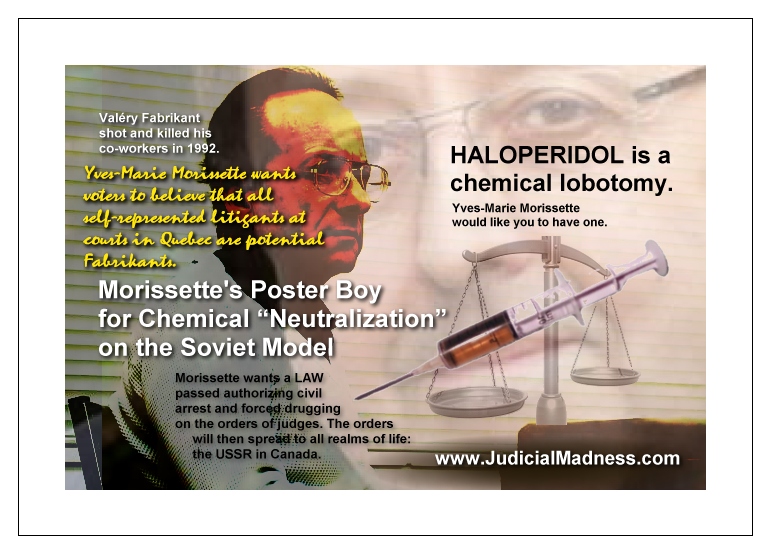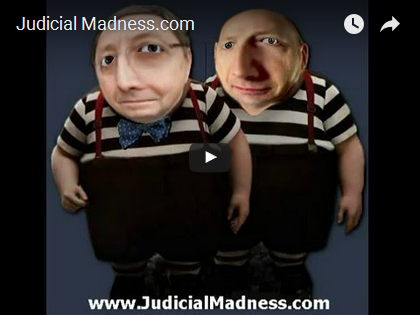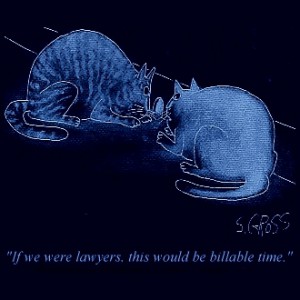Judicial Control of Vexatious Activity in the Courts (Summary of UK Approach)
Foreword:
Admin JMad: I highly recommend you read Joan Donnelly’s “Inherent Jurisdiction and Inherent Powers of Irish Courts”, Judicial Studies Institute Journal, 2009:2, 122, in which Donnelly rectifies Jacob and begins to distinguish inherent power from inherent jurisdiction. Donnelly also sets up helpful categories for each.
Judicial Control of Vexatious Activity
in the Courts
AUTHORITIES
Statutory Framework
Section 42 Supreme Court Act 1981
Civil, criminal and all proceedings orders
Section 33 Employment Tribunals Act 1996
Restriction of proceedings orders
CPR Part 3, Practice Direction 3c
Civil restraint orders
Attorney General v Barker [2000] 1 FLR 759 P.764
Per Lord Bingham:
Para 19. “Vexatious” is a familiar term in legal parlance. The hallmark of a vexatious proceeding is in my judgement that it has little or no basis in law (or at least no discernible basis); that whatever the intention of the proceeding may be, its effect is to subject the defendant to inconvenience, harassment and expense out of all proportion to any gain likely to accrue to the claimant; and that it involves an abuse of the process of the court, meaning by that a use of the court process for a purpose or in a way which is significantly different from the ordinary and proper use of the court process.”
Para 22…..”the court has become familiar with the hallmark of persistent and habitual litigious activity. The hallmark usually is that the plaintiff sues the same party repeatedly in reliance on essentially the same cause of action, perhaps with minor variations, after it has been ruled upon, thereby imposing on defendants the burden of resisting claim after claim; that the claimant relies on essentially the same cause of action, perhaps with minor variations, after it has been ruled upon, in actions against successive parties who if they were to be sued at all should have been joined in the same action: that the claimant automatically challenges every adverse decision on appeal; and that the claimant refuses to take any notice of or give effect to orders of the court. The essential vice of habitual and persistent litigation is keeping on and on litigating when earlier litigation has been unsuccessful and when on any rational and objective assessment the time has come to stop.”
Inherent Jurisdiction Of The Court
Cocker v Tempest (1841) 7M&W 502
Inherent jurisdiction of the court to control its own process and prevent abuses
Hunter v Chief Constable West Midlands Police [1982] AC 529
No fixed categories of circumstances in which courts can exercise inherent powers
AB v John Wyeth & Brother Ltd [1996] 8 Med LR 57
Court has inherent jurisdiction to control abuse, should be slow to exercise the power but affirmed there are no fixed categories
Bhamjee v Forsdick and others [2003] EWCA Civ 1113
Considered and approved earlier authorities on inherent jurisdiction
Exercise Of The Inherent Jurisdiction
a) Litigants
Grepe v Loam (1887) 37 Ch D 168
Restriction on making any further applications in a particular action without leave
Ebert v Venvil [2000] Ch 484
Extended Grepe v Loam to taking any step in the High Court or county court against specified defendants on specified matters without leave
Bhamjee v Forsdick and others [2003] EWCA Civ 1113
Updating of earlier authorities to create civil restraint orders
b) Assisting other litigants
Paragon Finance Pic v Noueiri [2001] EWCA Civ 1402
Restriction on advising, preparing applications and appearing for other litigants
c) Vexatious/ abusive communications and correspondence
with Courts
HM Attorney General v Ebert [2001] EWHC Admin 695
Restriction on communicating with anyone at the Royal Courts of Justice except in specified circumstances
Mahajan v Waldman & Others [2003] EWCA Civ 1899
Restriction on corresponding with staff or lawyers of the Civil Appeals Office in a rude or abusive manner
HM Attorney General v Ebert [2005] EWHC 1254 (Admin)
Restriction on communicating with any judge or officer of HM Court Service in an insulting or abusive manner
d) Harassment of judges/court staff/ advocates
HM Attorney General v Ebert [2001]
Restriction on entering the Royal Courts of Justice except in defined circumstances
e) Persistent applications for leave pursuant to a civil
proceedings order
HM Attorney General v Ebert [2005]
Restriction on making applications except in narrowly defined circumstances
Compliance With ECHR /
HRA On Restricting Access To Courts
Golder v United Kingdom (1975) 1 EHRR 524, 536, 537
Ashingdane v United Kingdom (1985) 7 EHRR 528, 546
Tolstoy Miloslavsky v United Kingdom (1995) 20 EHRR 442, 475
Ebert v Official Receiver [2001] EWCA Civ 340
Bhamjee v Forsdick [2003] EWCA Civ 1113




